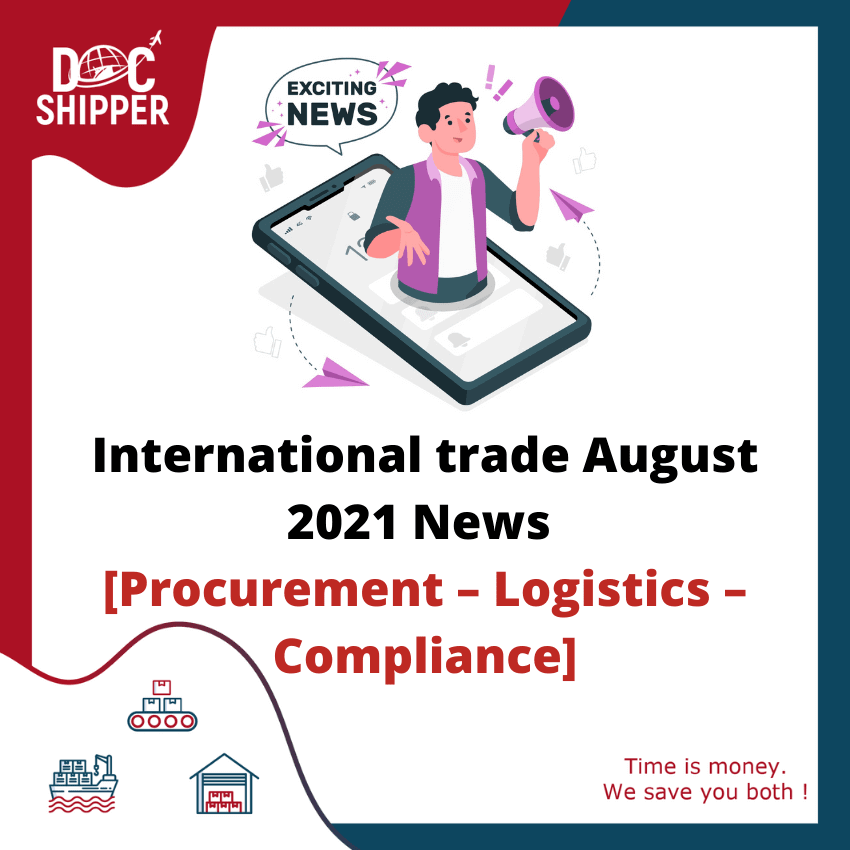Since customer's demand is becoming more and more stringent, companies are all experiencing an increase in customer expectations. This is why they are trying to improve their response time as for example Amazon has set the trend with its one-day delivery. The customers are no longer satisfied with the quality of their products and services, but they are perceiving each purchase as an unique experience and we are sure that you noticed that in your customer's feedback.
Today we are going to see how can the packaging be improved to reach those new expectations, and if it is concerning only final consumers or also BtoB customers.
In this new guide, our goal is to provide you with guidelines on what are the pillars of packaging and we will be able to help you on the themes of transport, storage, protection and preparation of your products, as well as on how to distribute them to your customers.
On the other hand, we will allow you to take a closer look at how your packaging can enrich the customer experience and contribute to improve your CSR approach.
NEW TRENDS IN DOING BUSINESS ARE CHANGING PACKAGING STANDARDS
Packaging standards are taking a new dimension and seeing their world-changing since e-commerce, as well as omnichannel distribution and e-commerce strategies, have been developing strongly.
Customer demand to live new experiences and their environmental concerns gave rise to productivity optimization, reverse logistics. These new trends are sources of innovation in the packaging industry.
Basically used for a variety of purposes such as protection and security of the product.
It actually became a key tool in customer relationships and reflect the image of the brand.
Packaging can be an underestimate tool that brings real added value to the experience of the customer but not only, indeed it can be also a lever in optimizing your logistic costs. It is a key point in your company's strategy.
Today we will address, among other things, the different steps to choose the right packaging to fulfill the protection needs but also contribute to transport optimization, storage space, product use and environmental preservation.

![International trade September News [Procurement – Logistics – Compliance]](https://sourcing.docshipper.com/wp-content/uploads/sites/6/2021/09/International-trade-September-News-Procurement-–-Logistics-–-Compliance.png)

![International trade April 2021 News [Procurement – Logistics – Compliance]](https://sourcing.docshipper.com/wp-content/uploads/sites/6/2021/04/International-trade-April-2021-News-Procurement-–-Logistics-–-Compliance.jpg)

![International trade January 2021 News[Procurement–Logistics–Compliance]](https://sourcing.docshipper.com/wp-content/uploads/sites/6/2021/02/International-trade-January-2021-NewsProcurement–Logistics–Compliance.jpg)
